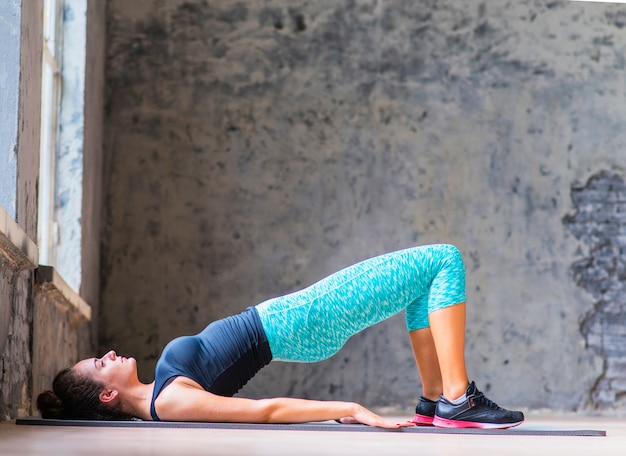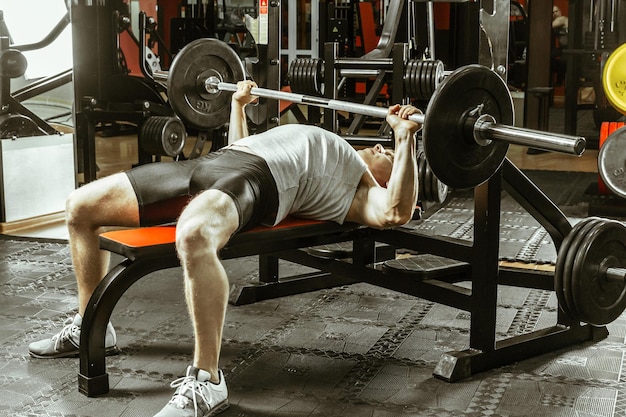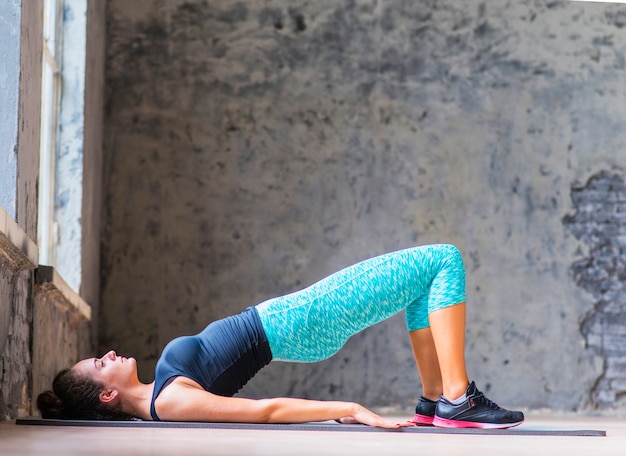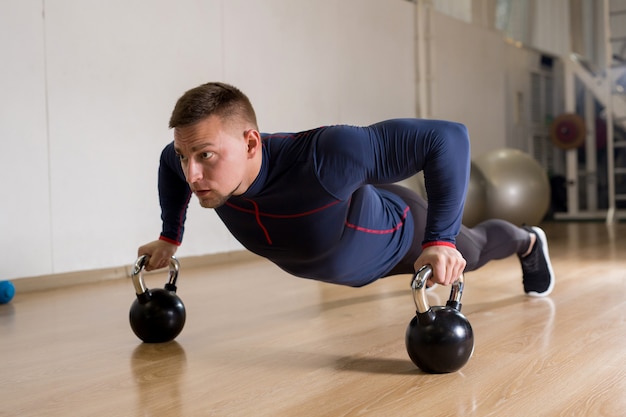Poor posture is more than just a cosmetic concern—it can lead to chronic pain, reduced mobility, and even impact breathing and energy levels. With so many of us spending hours hunched over desks or staring at screens, posture correction has never been more important. The good news? You don’t need fancy equipment. Dumbbells, when used correctly, are powerful tools to strengthen the muscles that support proper alignment.
In this guide, you’ll discover 12 effective dumbbell routines designed to target key postural muscles—like the upper back, shoulders, and core—along with practical tracking methods and motivation cues to keep you consistent.
Dumbbells allow for unilateral training, helping correct muscle imbalances that often contribute to poor posture. They also promote stability and control, engaging stabilizer muscles crucial for spinal alignment. Unlike machines, dumbbells require active engagement, making them ideal for functional strength and postural improvement.

Targets: Rhomboids, traps, rear delts
How to: Hinge at the hips, keep your back flat, and pull dumbbells toward your hips. Squeeze shoulder blades together at the top.
Targets: Rear delts, upper back
How to: Use a resistance band anchored behind you and hold dumbbells at the ends. Pull toward your face, elbows high, focusing on scapular retraction.

Targets: Lower traps, rotator cuff
How to: Perform Y, T, and W arm positions while lying face down on an incline bench. Use light dumbbells to avoid strain.
Targets: Lower back, glutes, hamstrings
How to: Keep spine neutral, hinge at hips, and lower dumbbells along your legs. Engages posterior chain for upright support.
Targets: Shoulders, upper trapezius
How to: Press dumbbells overhead with core engaged. Improves shoulder mobility and alignment.

Targets: Lats, serratus anterior
How to: Lie on a bench, hold one dumbbell with both hands, and move it in an arc over and behind your head. Enhances thoracic mobility.
Targets: Lats, mid-back, core
How to: Support yourself on a bench with one hand, pull dumbbell to your side. Promotes balance and unilateral strength.
Targets: Shoulders, rotator cuff
How to: Start with palms facing you, rotate as you press up. Increases shoulder stability and range of motion.
Targets: Pectorals, front delts
How to: Strengthen chest muscles but balance with back work to avoid forward shoulder pull.

Targets: Core, grip, posture endurance
How to: Walk with dumbbells at your sides, shoulders back, spine tall. Builds real-world postural strength.
Targets: Upper traps, rhomboids
How to: Shrug up, then pull shoulders back and down. Avoid rolling forward.
Targets: Core, back, shoulders
How to: In plank position with hands on dumbbells, row one dumbbell up while stabilizing. Great for full-body posture integration.
Start with 2–3 sessions per week. Pick 6–8 of these exercises, doing 2–3 sets of 10–12 reps. Focus on form over weight. As strength improves, gradually increase resistance and complexity.
Consistency is key. Posture correction takes weeks to months, but the benefits—less pain, more energy, improved confidence—are worth it. Use tracking tools and motivational cues to stay on course.
Stand tall, move strong, and build a body that supports you—every day.

Fitness

Fitness

Fitness

Fitness

Fitness

Fitness

Fitness

Fitness

Fitness

Fitness

Wellness

Fitness

Health

Fitness

Health

Health